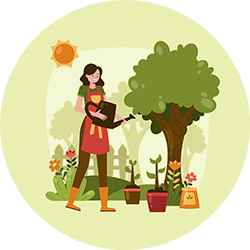Attractive Self-Seeding Flowers That Grow Back Season After Season

Self-seeding flowers offer a simple way to enjoy a garden that grows more beautiful each year without extra effort. These plants bloom, drop seeds, and return season after season, often in new and delightful spots. With the right selections, you can create a colorful, ever changing garden that thrives with minimal maintenance.
California poppy (Eschscholzia californica)

California poppies are known for their vibrant orange blooms and ability to thrive in tough conditions. These wildflowers prefer full sun and well-draining soil, and they often grow better when left alone. Once established, they drop seeds at the end of the season and reappear in surprising places each spring.
Black-eyed Susan (Rudbeckia hirta)
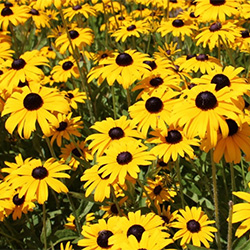
With cheerful golden petals and a dark brown center, black-eyed Susans are a favorite in pollinator gardens. They grow well in many climates and tolerate heat and drought once established. If you allow some of the seed heads to remain at the end of the season, they will scatter seeds that sprout the following year.
Bachelor’s button (Centaurea cyanus)
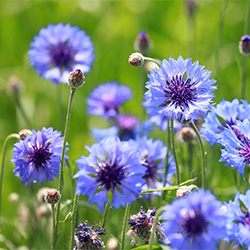
Bachelor’s buttons bring an old-fashioned charm to the garden with their frilly blue blooms. They are fast growers that bloom early and are often visited by bees and butterflies. These annuals self-seed readily if spent flowers are left in place to dry out naturally.
Cosmos (Cosmos bipinnatus)

Cosmos are a reliable summer bloomer with delicate petals in pink, white, and purple shades. They thrive in poor soil and do not require much water, making them a good option for low-maintenance beds. After blooming, they drop seeds that easily sprout when soil warms in spring.
Larkspur (Delphinium consolida)
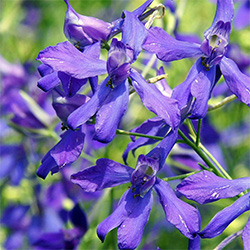
Larkspur produces tall spikes of colorful blooms that add height and structure to borders. It prefers cooler weather and often germinates best when seeds are sown in fall. Once this plant finds a spot it likes, it tends to return year after year through self-seeding.
Nigella (Nigella damascena)
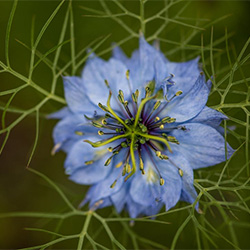
Nigella, also called love-in-a-mist, is known for its feathery foliage, soft-hued flowers, and sculptural seed pods. The seed pods dry beautifully and are often used in arrangements. Nigella reseeds easily and often pops up in early spring with little encouragement.
Calendula (Calendula officinalis)
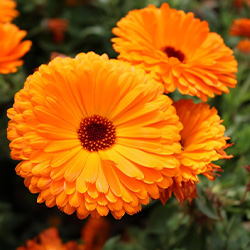
Calendula produces cheery orange or yellow flowers that bloom over a long season. It is commonly found in vegetable gardens, where it helps attract pollinators and beneficial insects. Leave some blooms to go to seed and you will likely find new seedlings sprouting the next year.
Verbena bonariensis
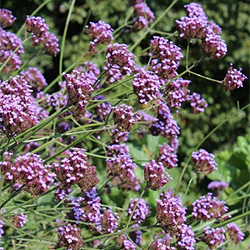
This tall, airy plant features clusters of tiny purple flowers on thin stems that sway in the breeze. It is a favorite among pollinators and fits well into cottage gardens or naturalized beds. Verbena bonariensis self-sows generously in open soil, especially when allowed to finish its full blooming cycle.
Conclusion
Planting self-seeding flowers is one of the easiest ways to keep your garden blooming year after year. By choosing reliable varieties and letting nature do some of the work, you’ll enjoy vibrant color with less replanting. Whether you’re new to gardening or simply want to simplify your routine, these flowers are a smart, beautiful addition.
